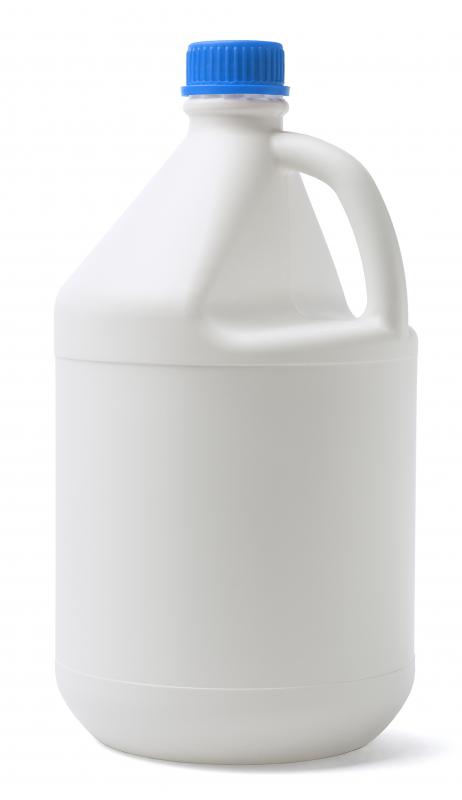At HomeQuestionsAnswered, we're committed to delivering accurate, trustworthy information. Our expert-authored content is rigorously fact-checked and sourced from credible authorities. Discover how we uphold the highest standards in providing you with reliable knowledge.
What are the Different Rhododendron Diseases?
There are a number of different Rhododendron diseases, with the most serious being root rot and dieback of the branches. Other diseases of Rhododendron include petal blight, leaf gall, and leaf spots. Growing these plants under ideal cultural practices can help prevent most Rhododendron diseases and pests.
Root and crown rot is the most serious of the Rhododendron diseases in many parts of the country. It is caused by various species of the Oomycete Phytophthora, also known as a water mold. Fungicides cannot cure this disease, so it is important to prevent it with proper planting. This disease is a problem when the soil has excessive amounts of water.

Rhododendrons should be planted in a soil with a lot of organic matter and not be planted too deeply, so their crown is not covered. It is also important that the soil drains well. The first sign of this disease is often a wilt, with the roots appearing blackened or soggy. It may be possible to save the plant by replanting it with improved drainage and organic mulch.
If the plant dies, it is not a good idea to immediately plant another in its place, since the fungus typically remains in the soil. Even resistant varieties will succumb under these conditions. It may be possible to continue to grow Rhododendrons in this site if the soil is improved.
Another serious Rhododendron disease is dieback of the branches caused by a fungus called Botryosphaeria dothidea. This disease is first visible on seemingly healthy plants when dying branches appear. If the bark is scraped away with a knife, there will be a reddish-brown discoloration underneath on the dying branches.
Dieback is a difficult Rhododendron disease to control. Infected branches should be pruned well below the discolored wood, then disposed of. Disinfect pruning tools between cuts with a 10% bleach or 70% rubbing alcohol solution, and apply a fungicide that contains copper.
Leaf gall is a common springtime Rhododendron disease, but it is not particularly serious. plants affected by it have leaves, buds, or stems that develop swollen, distorted growths in April or May. Sometimes infected leaves become covered with white spots. This is caused by various species of the fungus Exobasidium. Control mainly consists of picking off the galls and disposing of them.
Leaf spot is caused by a group of Rhododendron diseases that consists of various fungi. Species of Septoria, Colletotrichum, Phyllosticta, and Cercospora are responsible for this primarily cosmetic disease. One should remove leaves that have fallen, and take care when watering to keep the leaves dry. Severe cases can cause premature leaf drop and can be treated with fungicides.
Another common Rhododendron disease is petal blight, which is caused by the fungus Ovulinia azaleae. This manifests as spots on the flowers that cause them to rot. It can be easily spread from one flower to another by rain, wind, and insects.
This fungus lives in the soil, so one should replace the ground cover with a mulch that has not been contaminated with petal blight. An additional important treatment and control measure is to destroy any flowers that show signs of infection. Also, avoid watering from above — and only water the plants from below.
AS FEATURED ON:
AS FEATURED ON:











Discussion Comments
It would help to have pictures of the various diseases that can affect rhodendendron plants.
Post your comments